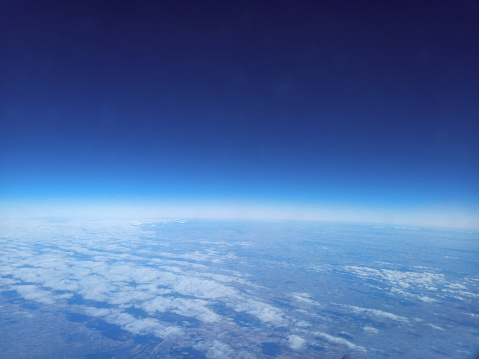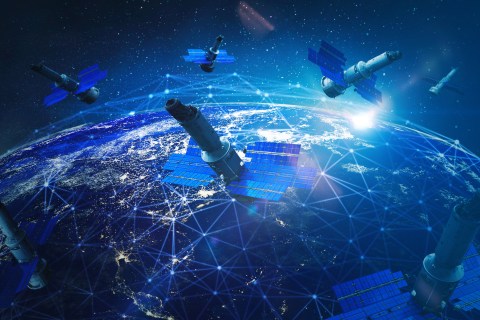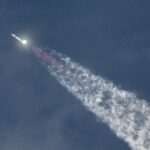Earth’s magnetic field might be weakened by satellites that burn up as they descend, according to a recent article.
In the worst situation, they might even remove a portion of the atmosphere covering our planet.
These conclusions come from a recent paper written by physicist Sierra Solter-Hunt, who alerts readers to the risks associated with expanding satellite “megaconstellations,” like those that Elon Musk’s SpaceX has launched.
According to Ms. Solter-Hunt, there might be enough “spacecraft dust” produced by burned-out satellites in the atmosphere to halve the barrier that protects our planet.
The study, which has not yet undergone peer review, indicates that an increasing amount of magnetic particles from defunct satellites may form a belt of plasma dust that is more charged than the rest of the magnetosphere, the area of Earth’s atmosphere that shields humans from solar radiation.
The net could create its own electrical charge and expose satellites to high levels of radiation and solar storms, as well as make it harder for rockets to launch new satellites and other spacecraft into space, as the magnetic particles could mess with the onboard electronics.
‘I was shocked at everything that I found and that nobody has been studying this,’ said Ms Solter-Hunt, a doctoral candidate at the University of Iceland.
Speaking to Live Science, she added: ‘I think it’s really, really alarming.’

In the paper, she estimated that between 500,000 and 1 million private satellites could orbit our planet in the coming decades, with the primary aim of building megaconstellations to provide internet, such as SpaceX’s Starlink network that can be spotted orbiting the Earth.
Private satellites have caused already begun to cause issues for astronomers, as they can interfere with radio telescopes and regularly ‘photobomb’ cosmic images – as well as posing a collision threat to other spacecraft.
But the biggest issue comes when they die.
Most satellites burn up in the Earth’s atmosphere to reduce the amount of space junk floating about, but this leads to vapourised metal pollution.
Currently, it is unknown where all the spacecraft dust will eventually end up, but Ms Solter-Hunt suggests it may end up in the upper part of the ionosphere – a region of the atmosphere between 50 and 400 miles above the surface.
It is here that Ms Solter-Hunt fears the magnetic dust will cause issues, although not all scientists agree.
But even if the increased levels of radiation could strip our atmosphere, Ms Solter-Hunt said this could take centuries, if not millennia, to occur.





